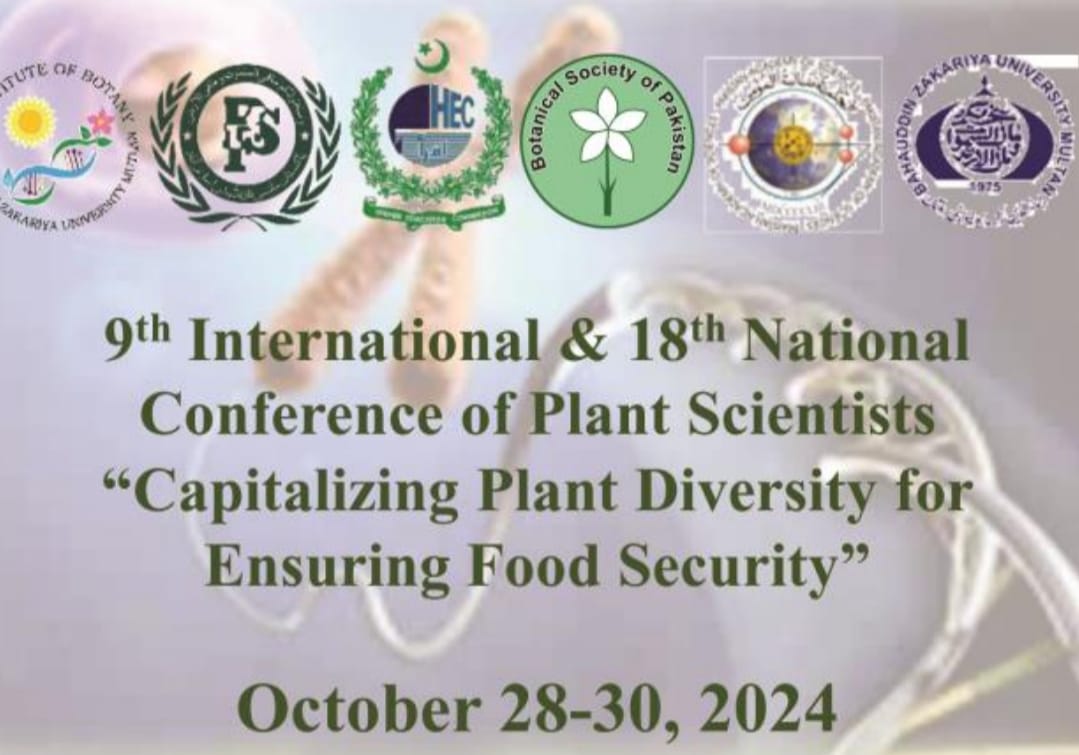PJB-2025-126
PHYSIOLOGICAL RESPONSE OF RED PEPPER GERMPLASM RESOURCES TO LOW-TEMPERATURE TREATMENT AND COMPREHENSIVE EVALUATION OF WINTER RESISTANCE
SHUQIN BAO
Abstract
This study investigated how red pepper germplasms respond physiologically to low-temperature treatments. Sixteen red pepper germplasms were utilized to examine variations in physiological indices at 0, −10, −20, and −30 °C. The results showed that low-temperature treatment led to an increase in the relative conductivity of the germplasms. The semi-lethal temperatures of germplasms WCDHP, CCSJ, and HGHJ were lower than −10 °C, while those of germplasms JYH, NLJ, and CJ were higher than −7 °C. With decreasing temperature, the levels of soluble sugar and soluble protein initially declined, subsequently increased, and finally decreased, while the concentration of free proline initially increased and then decreased. In addition, with decreasing temperature, the activity of superoxide dismutase increased and then decreased, whereas those of peroxidase and catalase increased, then decreased, and then increased. HGHJ, CCSJ, and SZT had the highest comprehensive membership function scores, whereas CJ, JQWC, and NLJ had the lowest comprehensive scores. Eight germplasm lines (CCSJ, PTJ, and HGHJ) screened using principal component analysis showed strong winter resistance, whereas BYH, TSWC, and CJ exhibited weak winter resistance. In summary, CCSJ and HGHJ demonstrated strong winter resistance, whereas NLJ and CJ demonstrated weak winter resistance.
To Cite this article:


